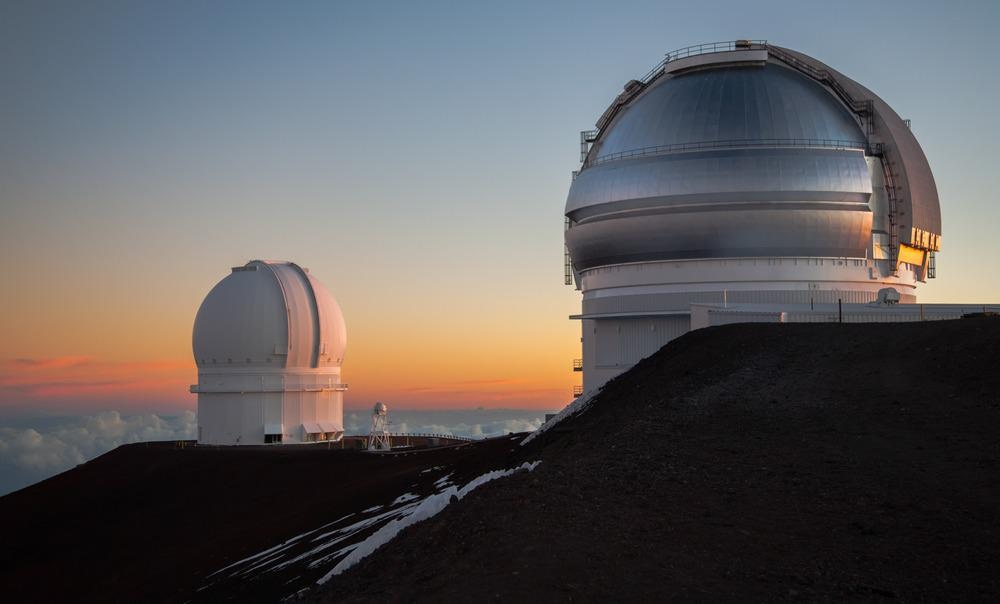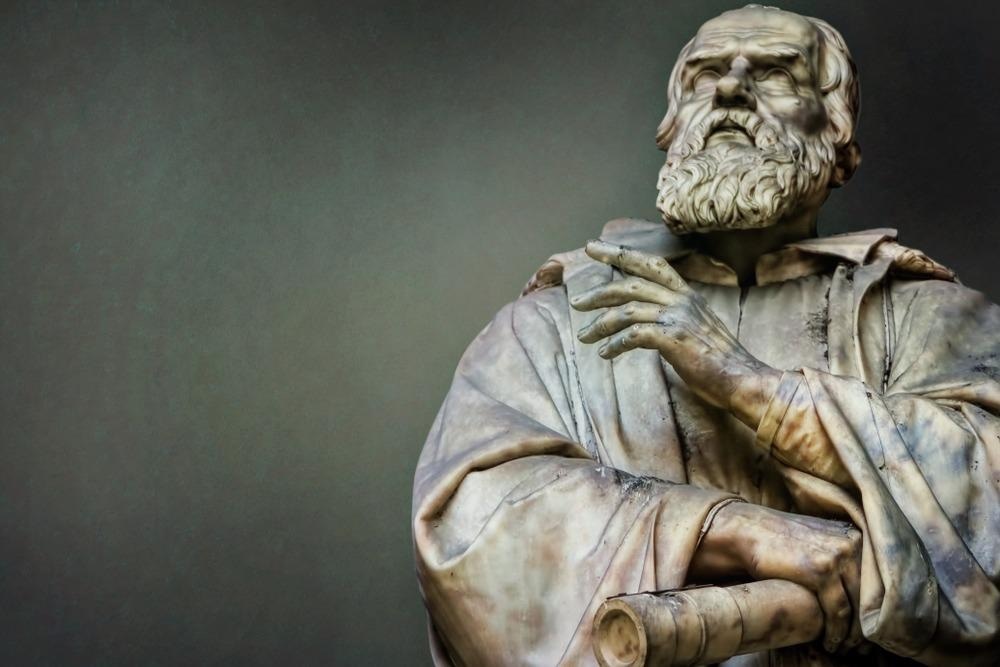Optical telescopes concentrate light in the visible spectrum so that astronomers can look at objects millions of light-years away. The first telescopes used pieces of curved glass called lenses to focus refracted light into a point. However, most telescopes today use curved mirrors to concentrate reflected light.

Image Credit: Todd Dalton/Shutterstock.com
History of Optical Telescopes
Telescopes have been referred to as more of a discovery by craftsmen than an invention by scientists. We have known about lenses and their ability to refract light and cause magnification for millennia. The optical theory was founded by ancient Greek philosophers and then maintained in Islamic scholarship during Europe’s Dark Ages.
At the start of the Renaissance in 13th century Venice and Florence, the optical theory was applied to manufacture the first lenses for spectacles. Later, lens-making centers appeared in the Netherlands and Germany, and in 1608 a Dutch spectacle maker named Hans Lippershey filed a patent describing an optical telescope for the first time in known history.
Two more claimants also filed patents for optical telescopes just a few weeks after Lippershey’s, another spectacle craftsman named Jacob Metius and an unknown applicant. Both claimed to have knowledge of telescope making.
Galileo Galilei at the University of Padua, northeast Italy, set out to make his own telescope and achieved it with three times more magnification than Lippershey’s device.

Galileo Galilei developed a microscope with three times the magnification than Hans Lippershey. Galilei realized magnification was greater if light was reflected rather than refracted. Image Credit: ArTono/Shutterstock.com
The first telescopes used lenses to refract incoming light into a point to enable magnification. Galileo and colleagues, including Giovanni Francesco Sagredo, soon realized that the effect could be greater if the light was reflected into a point instead and that this could be achieved with parabolic mirrors.
In 1663, James Gregory proposed the first design for a telescope using reflected light instead of refracted light. However, this was never physically built. Isaac Newton is thought to have put the first working reflecting telescopes together in 1668, but it was another century before the potential of reflected light was reached.
In the 18th century, manufacturing techniques for producing parabolic mirrors were developed for the first time, and then silver-coated glass mirrors made surfaces even more reflective in the 19th century.
In the last century, long-lasting, durable aluminum coatings created more polished surfaces, and telescopes with segmented mirrors allowed larger diameters. Active optics were developed to make up for gravity’s effects on light (a consequence of Albert Einstein’s general theory of relativity, which he first published in 1915).
Most recently, catadioptric telescopes that use a lens and a mirror have been developed to produce wide-field images without spherical aberrations.
Optical telescopes
Video Credit: European Southern Observatory (ESO)/YouTube.com
How Do Telescopes Work?
The basic design for an optical telescope requires a main light-gathering element called the objective. Refractive telescopes use a convex lens as the objective, while reflective telescopes use a concave mirror. The objective focuses incoming light from distant objects into a focal plane - this is where a magnified image forms.
An eyepiece is used to view this magnified image in manual telescopes. An image sensor can also be attached to create a digital image on computers.
There are numerous advantages to using reflected light instead of refracted light to create a telescope’s objective. Mirrors can be very thin, even just a few atoms wide in some advanced nanomaterials. Near-perfect mirrors are much easier to make large than near-perfect lenses, and users only need to clean and polish one side of a mirror to get the best possible surface.
Chromatic aberration – caused by lenses allowing light through at different speeds depending on the color or wavelength – is also avoided with reflective telescopes. Reflective telescopes detect light from a wider range of the radiation spectrum as some wavelengths are totally absorbed when passing through materials such as glass.
Most reflective telescopes make inverted images at the focal plane. The parabolic mirrors flip the image they sense upside down and left to right so that the image is rotated by 180 degrees from the object’s real orientation in the night sky. This is not normally a problem for astronomical telescopes, as flipping the image the right way around is a simple procedure to achieve on computers. In handheld telescopes – monoculars and binoculars – prisms or relay lenses are fitted inside the device to correct image orientation.
To be as effective as possible, telescope optics – the components that interact with and manipulate light to make magnified images – must be as close to perfect as possible. They must be manufactured without spots or disfigurations and should be kept safe from scratches or displacement. A small variation from the intended design of the telescope can result in unusable images due to warping or blurring.
References and Further Reading
NASA. (2021) How Do Telescopes Work? [Online] Available at: https://spaceplace.nasa.gov/telescopes/en/
AZo Optics. (2007) Optical Telescope - How Does it Work? [Online] Available at: https://www.azooptics.com/Article.aspx?ArticleID=81
Van Helden, A. (1995) The Telescope. [Online] Rice University. Available at: http://galileo.rice.edu/sci/instruments/telescope.html
Disclaimer: The views expressed here are those of the author expressed in their private capacity and do not necessarily represent the views of AZoM.com Limited T/A AZoNetwork the owner and operator of this website. This disclaimer forms part of the Terms and conditions of use of this website.